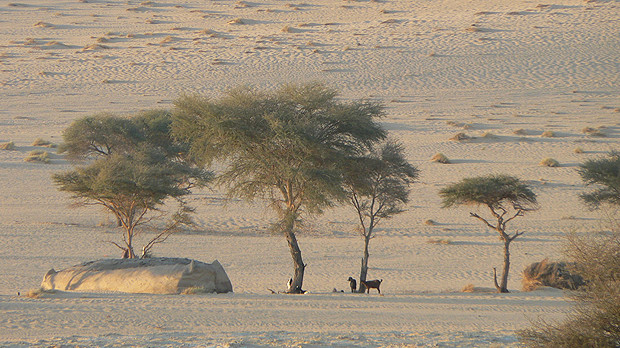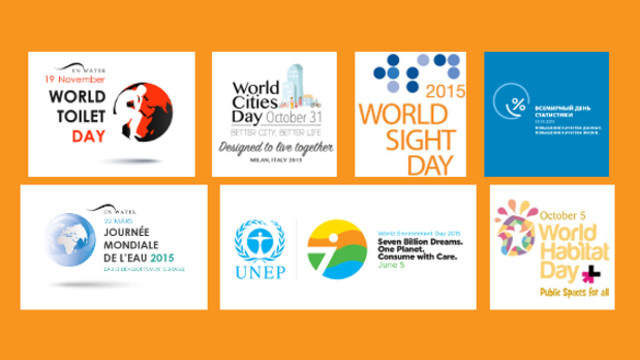Celebrating the drylands
Understanding and collaboration on the drylands teaches us much about adapting to climate change.


While one of the objectives of the 2014 World Day to Combat Desertification is to strengthen the visibility of the drylands on the international environmental agenda, much more is needed (Photo: Copyright Marie Monimart)
Over 30 years working in international development, I've been privileged to visit and work in some of this planet's most extraordinary and beautiful ecosystems and environments. But none stays with me more powerfully than the drylands. I count myself lucky that my first journey to Africa took me as a child to Ethiopia; and the impression left by the place and people was indelible, especially the vast open dryland spaces in the south and east of the country.
From the pastoralists of the Horn of Africa, and later from farmers and herders in central Mali, I have learned fundamental lessons about many things – about the fine balance between people and dryland ecosystems. About how life is lived by the turning of dry and rainy seasons, and by the uneven rhythm of unpredictable rainfall which magically transforms the landscape; and how people day-to-day watch and act on changes in soil and water, plants and animals. About the extraordinary resilience of dryland people and the social relationships that shape their livelihoods and sustain them when times are hard.
Learning from local people and nature
Natural scientists have uncovered some of the secrets of dryland ecosystems, describing processes which ensure that life continues even where rainfall is sparse and erratic. From the quiet magic of the desert soil biocrust [PDF] – where lichens, mosses, microfungi, bacteria and green algae combine to retain water and harbour soil fertility – to the industriousness of 2,600 species of termites [PDF], whose nesting, foraging and feeding behaviour influences the dynamics of soil carbon and supports plant growth, these ecological processes are above all systemic and interdependent.
Social scientists have also evolved a deeper understanding of how pastoralists and farmers manage natural resources in the drylands [PDF], often building on centuries of understanding of ecosystem and climate dynamics to create livelihoods based on a portfolio of diverse seasonal activities. They have also documented the frequent and profound political marginalisation of drylands people – particularly pastoralists – from mainstream politics and governance.
Bridging the gap between science and policy
Despite the sophistication and depth of both indigenous and scientific knowledge, for nearly a century many policy interventions in the drylands have been disconnected from science, and failed to include or serve dryland people. As the climate changes, and more communities around the world are faced with the realities of living with less predictable rainfall and more frequent droughts, it is becoming increasingly urgent to challenge and find an alternative to this damaging disconnection.
One of the objectives of the World Day to Combat Desertification and Drought on 17 June is to strengthen the visibility of the drylands on the international environmental agenda. But much more than this is needed. Better interventions in the drylands demand effective collaboration between local people and scientists to build more sustainable production systems. Work is needed to reverse historic political marginalisation. Champions and advocates are also needed, who can bring dryland issues to the table in national and decentralised policy spaces.
If international and national policymakers are prepared to listen differently to dryland people and scientists, we may all still have a chance to learn from people who have lived with extreme cycles of climate change for generations. From them, we can discover how to live with a harsh and uncertain climate, about adapting to climate change, and ensuring that dryland ecosystems can play their vital role in mitigating future damage to the life support systems of our planet.
Camilla Toulmin (camilla.toulmin@iied.org) is director of IIED.
